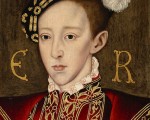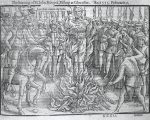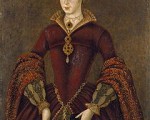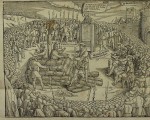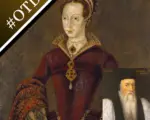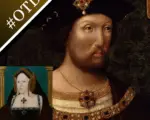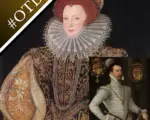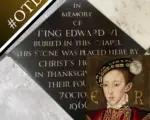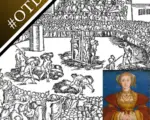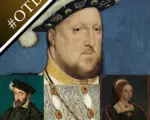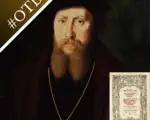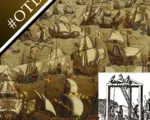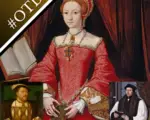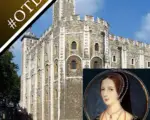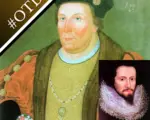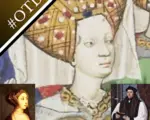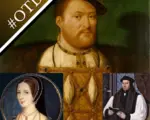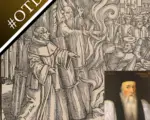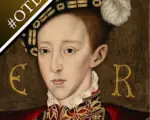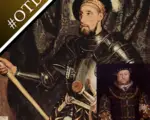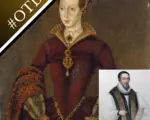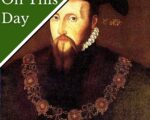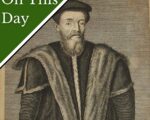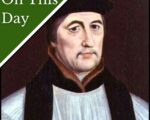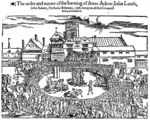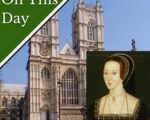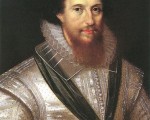
On this day in history…
20th February
1516 – Baptism of Princess Mary, the future Mary I, in the Church of the Observant Friars at Greenwich. The princess was carried to the font by the Countess of Surrey, and her godparents were Catherine Courtenay, Countess of Devon and daughter of Edward IV; Margaret Pole, Countess of Salisbury and daughter of George, Duke of Clarence; the Duchess of Norfolk and Cardinal Thomas Wolsey. Click here to read more.
1523 – Hanging of Agnes Hungerford, Lady Hungerford, at Tyburn. Agnes was hanged, with her servant William Mathewe, after they were found guilty of murdering Agnes’s first husband, John Cotell. It was said that Agnes arranged for her servants, William Mathewe and William Ignes, to strangle Cotell in 1518. Mathewe and Ignes were found guilty of murder ‘by the procurement and abetting of Agnes Hungerford’, and Agnes was found guilty of inciting and abetting the murder. Ignes was hanged at a later date. Agnes was buried at Grey Friars, London.
1547 – Edward VI was crowned King at Westminster Abbey by Archbishop Thomas Cranmer. Edward VI was the first monarch to be anointed as Supreme Head of the English Church. Click here to read more about his coronation.

